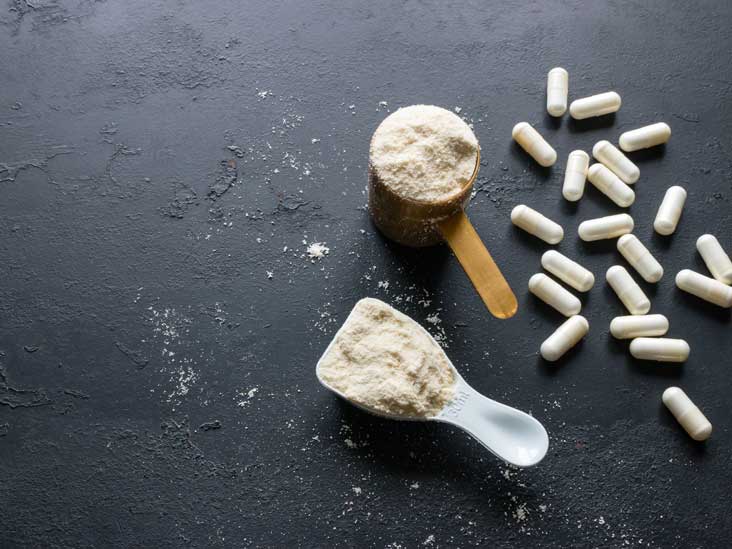October 1999
L G Maharam 1, P A Bauman, D Kalman, H Skolnik, S M Perle
Abstract
In recent years there has been an increase in interest in issues related to the enhancement of the performance of the masters athlete. Many of the changes in health status that have been thought to be the normal result of aging have been found to be actually the result of a long-standing sedentary lifestyle. Thus, masters athletes may be able to increase their athletic performance to higher levels than what was once thought.
Decreases in muscle strength thought to be the result of aging do not appear to be so. The masters athlete may be able to maintain and increase strength in situations where strength training has not been previously engaged in. However, the literature lacks longitudinal studies demonstrating improvements in strength with age in masters athletes who have maintained habitual strength training.
Studies in the past have shown that aging results in changes in fibre type, with a shift towards a higher percentage of type I fibres. This again may be an adaptation to lack of use. Decreases in heart function and aerobic capacity appear to be immutable, but in the masters athlete the rate of this decrease can be slowed. The masters athlete has certain elevated nutritional needs over younger athletes. Degenerative joint disease, although effecting most persons as they age, is not a certain result of aging and disability as the condition is reduced in the active person. Some orthopaedic conditions are related to decreases in flexibility of soft tissues that appear to accompany the aging process.
Performance improvement in the masters athlete requires the same commitment to hard training that it requires from younger athletes, with some modifications for changes that are associated with aging.











